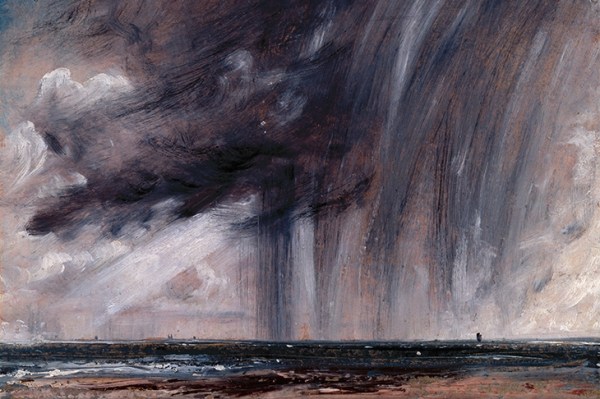Two pop-up art fairs border Regent’s Park in London. To the south is Frieze London, an edgy fair-cum-fairground offering the thrills and spills of the latest and most innovative trends in global contemporary art. Launched a decade ago, it was unique among ambitious international art fairs in proving an instant and overwhelming success. Last year some 68,000 visitors walked through its doors.
This year sees the launch of Frieze Masters, sited at the northern end of The Broad Walk, also running 11–14 October. Frieze Masters sets out to offer a fresh perspective on historical art — paintings, works on paper and sculpture — by highlighting the eternal dialogue between the old — at times extremely old — and the new. It is an intriguing initiative, not least for what it tells us both about the art market and contemporary art.
According to fair director Victoria Siddall, the venture was prompted by dealers and by artists. The dealers, some, but not all, of whom were existing exhibitors, wanted a platform from which to offer older art. Frieze London, after all, confines itself to the 21st century, a sliver of time for any gallerist with a large inventory or who also deals in the secondary market. How can this not be in part a reflection of today’s harder times? We have seen the withdrawal from the market of many collectors of new art or emerging artists and the retreat of others to the safer ground of blue-chip modern masters.
Frieze’s response might well have been to stage a modern and contemporary art fair like Art Basel, or any of the myriad international art fairs. That, of course, would have been dull. Instead, encouraged by conversations with artists, their idea was to extend the fair to embrace the kind of art from any period or culture that might be relevant to today’s practice.








Comments
Join the debate for just £1 a month
Be part of the conversation with other Spectator readers by getting your first three months for £3.
UNLOCK ACCESS Just £1 a monthAlready a subscriber? Log in